Orchestre National de France - Debussy: Le martyre de Saint Sebastien (2012)
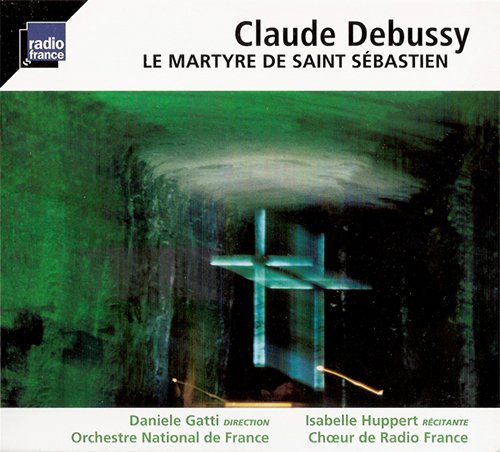
Artist: Orchestre National de France
Title: Debussy: Le martyre de Saint Sebastien
Year Of Release: 2012
Label: Radio France
Genre: Classical
Quality: FLAC (tracks + .cue, log, artwork)
Total Time: 62:55 min
Total Size: 232 MB
WebSite: Album Preview
Tracklist:Title: Debussy: Le martyre de Saint Sebastien
Year Of Release: 2012
Label: Radio France
Genre: Classical
Quality: FLAC (tracks + .cue, log, artwork)
Total Time: 62:55 min
Total Size: 232 MB
WebSite: Album Preview
01. La cour des lys 1
02. La cour des lys 2
03. La cour des lys 3
04. La chambre magique 1
05. La chambre magique 2
06. La chambre magique 3
07. Le concile des faux-dieux 1
08. Le concile des faux-dieux 2
09. Le concile des faux-dieux 3
10. Le concile des faux-dieux 4
11. Le concile des faux-dieux 5
12. Le concile des faux-dieux 6
13. Le concile des faux-dieux 7
14. Le laurier blesse 1
15. Le laurier blesse 2
16. Le laurier blesse 3
17. La paradis 1
18. La paradis 2
Since the first performance of Le Martyre de Saint Sebastien on May 22nd, 1911, there has been much speculation about the reasons which could have led Debussy to compose incidental music for the play of Gabriele d'Annunzio and about the validity and authenticity of the musical work. Granted, the circumstances in which the piece was created are grounds for suspicion. The fact that in 1910 Debussy was going through a difficult period financially could have led him to commit, through Gabriel Astruc, to an endeavor he himself considered particularly perilous: the contract was signed on December 9th, but the first performance was scheduled for the month of May, and the text only to be completed at the beginning of March. Debussy therefore only had a few weeks to write "a score for which he should, normally, have allowed himself a year" (Claude Debussy to Comoedia), and he was obliged to solicit the assistance of his friend Andre Caplet. Is the work to be considered therefore as under par? For Leon Vallas, who has already answered this question, there was "extreme haste, but nothing was botched, far from it! This is rapid, feverish work, done with constant, continuous meditation." Caplet's role was two-fold; he was both the conductor and the specialised copyist, entrusted with the job of tidying Debussy's initial drafts and developing them according to the composer's instructions. As wrote Kasaba, in this collaboration, "Caplet can be considered as a simple double of Debussy. The indications and modifications added by Debussy to parts written by Caplet confirm the former's constant vigilance." No doubt prevails therefore, neither about the authenticity of the score, nor about its composer's sincerity. Vuillermoz, who was present at the work's first performance, recalls how moved Debussy was when, for the first time, he saw "materialize beneath his eyes the enchanted harmonic palace for which he had drawn up the plans.[...] Debussy, extremely modest and undemonstrative when it came to showing his feelings, Debussy, the cynic, the critic, ironic and scathing, was unable to keep up his usual front and, quite simply, wept. That was, assuredly, a unique moment in his artistic evolution."
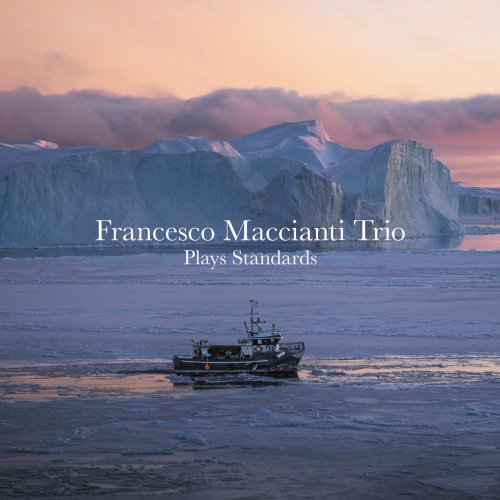

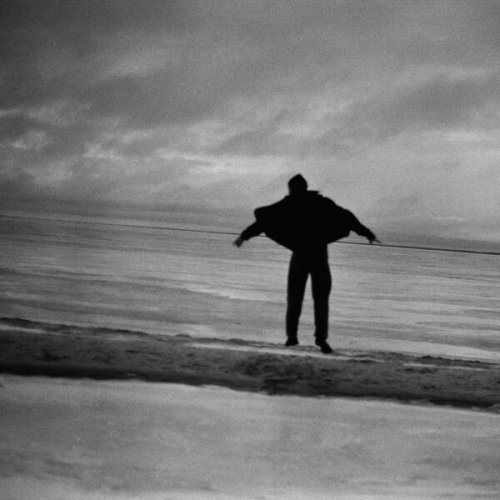
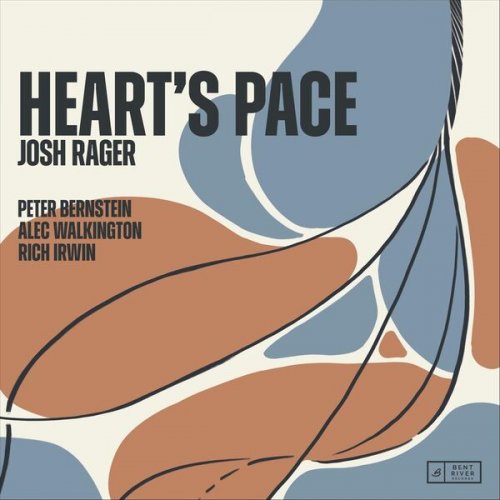
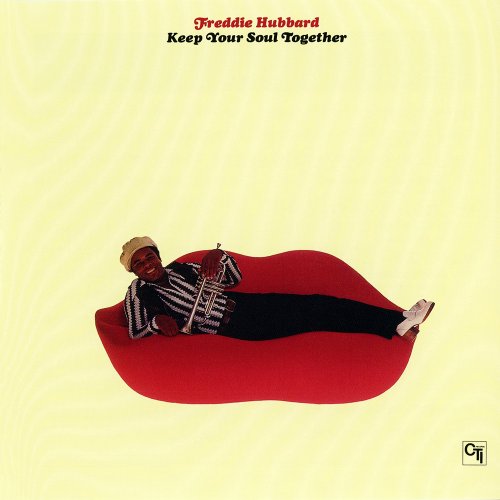
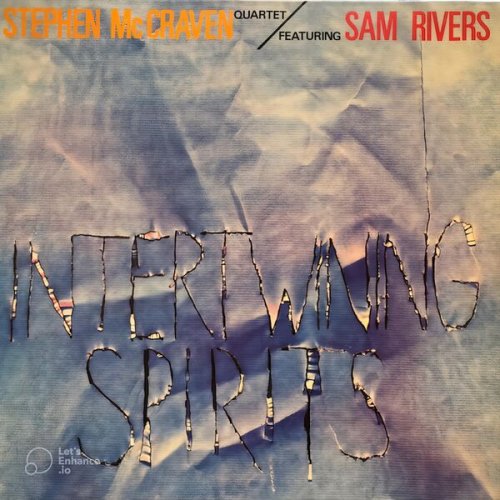


![Tomasz Stanko, Polskie Radio - Piece for Diana and Other Ballads (Polish Radio Sessions vol. 1/6) (2025) [Hi-Res] Tomasz Stanko, Polskie Radio - Piece for Diana and Other Ballads (Polish Radio Sessions vol. 1/6) (2025) [Hi-Res]](https://www.dibpic.com/uploads/posts/2025-12/1765797073_cover.jpg)